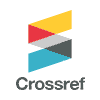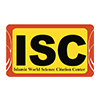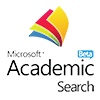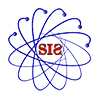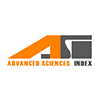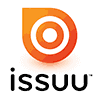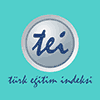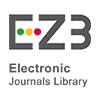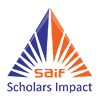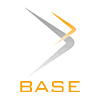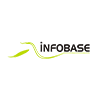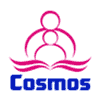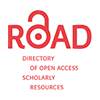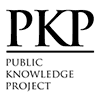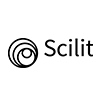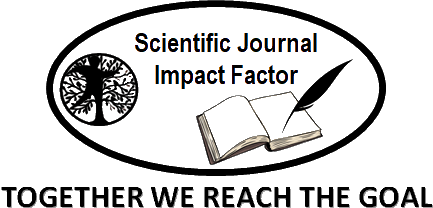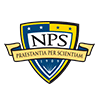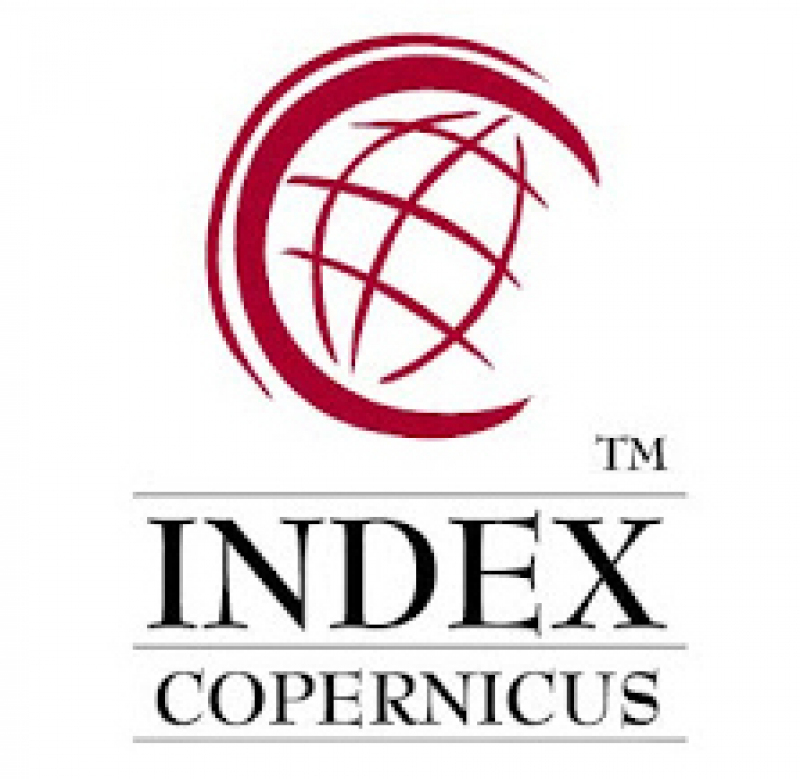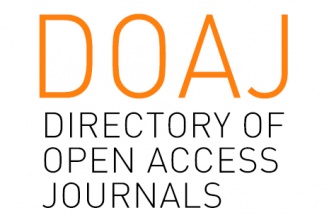Swaying into Geometry: Digital Materials for Van Hiele-Aligned Geometric Reasoning and Learning Interest
Abstract
Keywords
Full Text:
PDFReferences
Afriansyah, E. A. (2022). Mosharafa: Jurnal Pendidikan Matematika Peran RME terhadap Miskonsepsi Siswa MTs pada Materi Bangun Datar Segi Empat. 11(3). http://journal.institutpendidikan.ac.id/index.php/mosharafa
Akker, J. van den, Branch, R. M., Gustafson, K., Nieveen, N., & Plomp, T. (1999). Design Approaches and Tools in Education and Training. In Design Approaches and Tools in Education and Training. Springer Netherlands. https://doi.org/10.1007/978-94-011-4255-7
Aktayeva, A., Zubareva, E., Dautov, A., Saginbayeva, K., Niyazova, R., Khan, S., & Shonasheva, A. (2022). Aesthetic education: The process of teaching mathematics with the open-source software. Transportation Research Procedia, 63, 285–293. https://doi.org/10.1016/j.trpro.2022.06.015
Allen, M. (2014). Leaving ADDIE for SAM Field Guide Richard Sites and Angel Green Guidelines and Templates for Developing the Best Learning Experiences. American Society for Training & Development (ASTD). www.copyright.com,
Budiwanto, S. (2017). Metode Statistika Untuk Mengolah Data Keolahragaan. Fakultas Ilmu Keolahragaan Universitas Negeri Malang.
Choudhury, A., Biswas, A., & Chakraborti, S. (2023). Digital Learning based Education (A. Choudhury, A. Biswas, & S. Chakraborti, Eds.). Springer Nature Singapore. https://doi.org/10.1007/978-981-19-8967-4
Djono, Sudiyanto, Sukmawati, F., & Salimi, M. (2024). Systematic literature review: effects of digital teaching materials on learning achievement. International Journal of Evaluation and Research in Education, 13(4), 2678–2688. https://doi.org/10.11591/ijere.v13i4.26357
Fouze, A. Q., & Amit, M. (2021). Teaching Geometry by Integrating Ethnomathematics of Bedouin Values. Creative Education, 12(02), 402–421. https://doi.org/10.4236/ce.2021.122029
Heri Retnawati. (2016). Analisis Kuantitatif Instrumen Penelitian (1st ed.). Parama Publishing. www.nuhamedika.gu.ma
Iterbeke, K., Schelfhout, W., & De Witte, K. (2022). The role of students’ interests during computer-assisted learning: A field experiment. Computers in Human Behavior, 130. https://doi.org/10.1016/j.chb.2021.107168
Jan van den Akker, Brenda Bannan, Anthony E. Kelly, Nienke Nieveen, & Tjeerd Plomp. (2013). Educational design research. Part A : an introduction. Netherlands Institute for Curriculum Development (SLO).
Kemendikbudristek. (2022). Keputusan Kepala Badan Standar, Kurikulum, Dan Asesmen Pendidikan Kementerian Pendidikan, Kebudayaan, Riset, Dan Teknologi Nomor 009/H/Kr/2022 Tentang Dimensi, Elemen, Dan Subelemen Profil Pelajar Pancasila Pada Kurikulum Merdeka.
Mossulin, Â. V. L., & Medeiros, L. F. de. (2023). O ensino de Geometria Fractal na Educação Básica: uma revisão sistemática de literatura. REMAT: Revista Eletrônica Da Matemática, 9(2), e2004. https://doi.org/10.35819/remat2023v9i2id6397
Muin, A. (2023). The Effectiveness of Microsoft Sway-Based Media on the Learning Outcome of Cultural Art Subject in the Elementary School. Journal of Educational Science and Technology, 9. https://doi.org/10.26858/est.v9i1.368996
National Council of Teachers of Mathematics. (2000). Principles Standards and for School Mathematics.
Pujiastuti, H., & Haryadi, R. (2024). The Effectiveness of Using Augmented Reality on the Geometry Thinking Ability of Junior High School Students. Procedia Computer Science, 234, 1738–1745. https://doi.org/10.1016/j.procs.2024.03.180
Reiser, R. A., & Dempsey, J. V. (2018). Trends and Issues in Instructional Design and Technology. Pearson Education.
Rich, B., & Thomas, C. (2009). Geometry includes plane,analytic,and transformational geometries (4th ed.). The McGraw-Hill Companies.
Riduwan, & Sunarto. (2017). Pengantar statistika untuk penelitian : pendidikan sosial ekonomi komunikasi dan bisnis. Alfabeta.
Thi, N., Hanh, M., Thi, C., & Hang, H. (2024). Student’s and Teacher’s Perspectives on Integrating Microsoft Sway Into A Blended Intercultural Communication Course At Hanoi University of Industry. Journal of Language and Life. https://www.researchgate.net/publication/381612470
DOI: http://dx.doi.org/10.18415/ijmmu.v12i8.6987
Refbacks
- There are currently no refbacks.
Copyright (c) 2025 International Journal of Multicultural and Multireligious Understanding

This work is licensed under a Creative Commons Attribution-NonCommercial-NoDerivatives 4.0 International License.
https://ijmmu.com
editor@ijmmu.com
facebook.com/ijmmu
Copyright © 2014-2018 IJMMU. All rights reserved.






